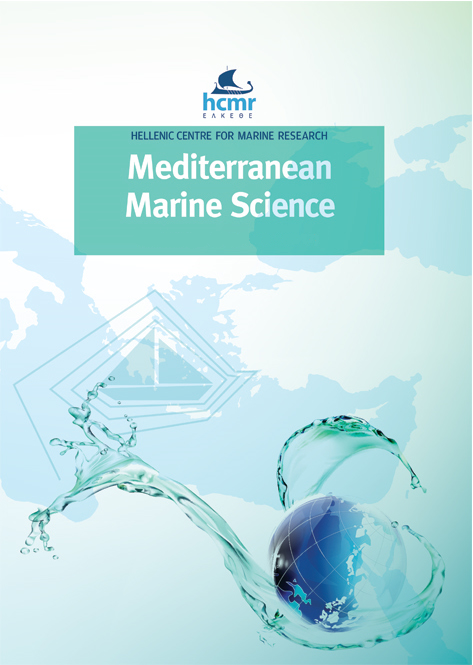Inventory and the biogeographical affinities of Annelida Polychaeta in theAlgerian coastline (Western Mediterranean)

Abstract
The data analyzed to inventory of all polychaetes in Algerian waters make it possible to estimate the diversity of this group to 534 species. The most diversified families are Syllidae (66 species), Spionidae (37 species) and Terebellidae (27 species).The presence of these listed species along the Algerian coast is compared with their occurrence in nine other areas of the Mediterranean Sea, in the Black Sea and in four other areas of the World Ocean. Comparison are also made with respect to the indications of the biogeographical origin for each species. The polychaete fauna of the Algerian coast is among the richest of the Mediterranean Sea and comparable to that reported for the French Mediterranean continental shelf and the Aegean Sea, but higher that that found in the bordering coastlines of Morocco and Tunisia. Most of the species have an Atlantic origin and are present in the western Mediterranean Sea; this inventory includes eight Non-Indigenous Polychaete Species in the Algerian waters.
Article Details
- How to Cite
-
BAKALEM, A., GILLET, P., PEZY, J.-P., & DAUVIN, J.-C. (2020). Inventory and the biogeographical affinities of Annelida Polychaeta in theAlgerian coastline (Western Mediterranean). Mediterranean Marine Science, 21(1), 157–182. https://doi.org/10.12681/mms.20408
- Issue
- Vol. 21 No. 1 (2020)
- Section
- Research Article
Authors who publish with this journal agree to the following terms:
- Authors retain copyright and grant the journal right of first publication with the work simultaneously licensed under a Creative Commons Attribution Non-Commercial License that allows others to share the work with an acknowledgement of the work's authorship and initial publication in this journal.
- Authors are able to enter into separate, additional contractual arrangements for the non-exclusive distribution of the journal's published version of the work (e.g. post it to an institutional repository or publish it in a book), with an acknowledgement of its initial publication in this journal.
- Authors are permitted and encouraged to post their work online (preferably in institutional repositories or on their website) prior to and during the submission process, as it can lead to productive exchanges, as well as earlier and greater citation of published work (See The Effect of Open Access).








